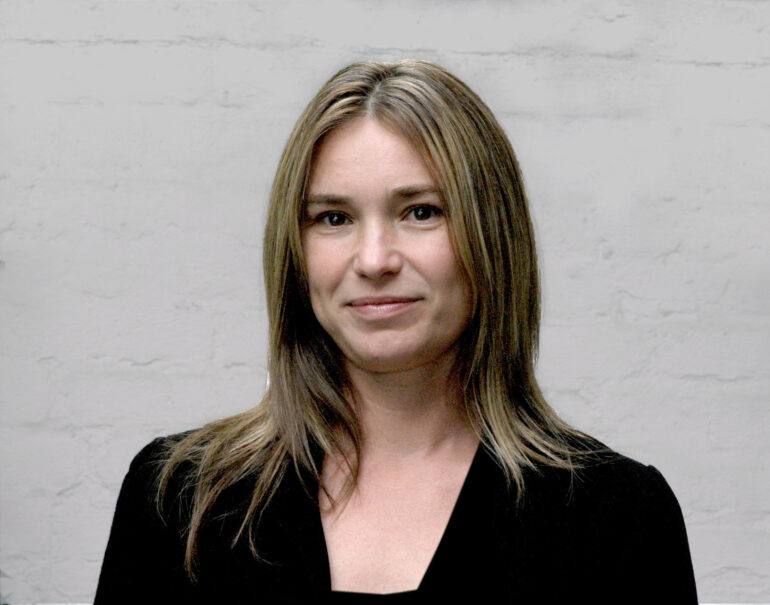WRITTEN BY: Ulrik Bolt Jørgensen
The struggle to captivate young audiences: Insights from film researcher Eva Novrup Redvall.
In a rapidly evolving media landscape, creating content that resonates with children and young audiences has become increasingly challenging. This is the central theme of film researcher Eva Novrup Redvall's latest book, "Writing and Producing for Children and Young Audiences". As an Associate Professor at the University of Copenhagen, Redvall has dedicated her research to understanding the dynamics of screenwriting and creative collaborations in film and TV production.
Redvall relates: “Overall, there are three main points in my book. The first is a move towards more audience exploration rather than mostly audience testing. Children are asked: “What do you think about, and what are you preoccupied with?” The second point is that there is more knowledge sharing and talent training focusing explicitly on children. In Denmark there is now The Children’s Media Conference and The Cross Media School of Children's Fiction, training people to write specifically for children across platforms. The third recent development is working with more inquiry-driven and co-creative screenwriting, where children and young people are involved in the screenwriting processes in various ways, based on the idea that children's voices must be part of the production apparatus.”
An example from the book is DR Ultra’s Klassen that recently reached episode number 1000, and is also produced in Norway and Sweden.
The competitive media landscape
The competition for young viewers' attention has never been fiercer. Nordic productions now vie not only with international films and TV shows, but also with gaming, social media, and short-form content on platforms like TikTok. This has raised the bar for Nordic children’s content. Notions of authenticity and relatability are often discussed as possible advantages for domestic productions.
"Today's children and young people have much higher expectations for authenticity in the content they consume," Redvall explains. "They are more critical of how their lives are portrayed on screen."
A historical perspective
The 1970s and 80s are often remembered as the golden era of Nordic children's films and TV. During that time, there was a vibrant energy and creativity in producing content for young audiences. Esteemed filmmakers like Bille August could create children's films without facing scepticism, and the Nordic broadcasting corporations had dynamic children's departments that fostered innovative programming. However, over time, the prestige associated with making children's films diminished. Today, it might be seen as a career hindrance rather than a stepping stone.
Innovative approaches
In response to the many current challenges, the industry is exploring new ways to engage young audiences. One such approach involves inviting children into the writing process to try to ensure that content resonates with their experiences. The youth series Centrum, directed by Jonas Risvig, is a prime example. The series, which portrays teenage life during the COVID-19 lockdown, involved young actors and feedback panels in its production.
Looking ahead
Despite the hurdles, Redvall remains optimistic about the future of live action fiction for children and young audiences in the Nordics. She highlights the ongoing efforts by DR to balance quick, “affordable fiction” like Klassen with more high-end family-oriented series and an increased focus on the need for national productions for the youngest audiences at The Danish Film Institute.
"There is a strong will to reach young audiences," Redvall notes. In conclusion, while the landscape for children's films and TV in the Nordics faces significant challenges, there is a sense that with dedicated strategies and innovative approaches, the industry can thrive again.
Research: Young Audiences: Serial Fiction and Cross-Media Storyworlds for Children and Young Audiences: CLICK HERE.
